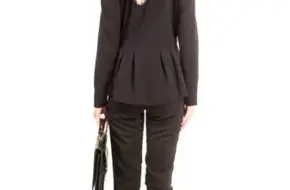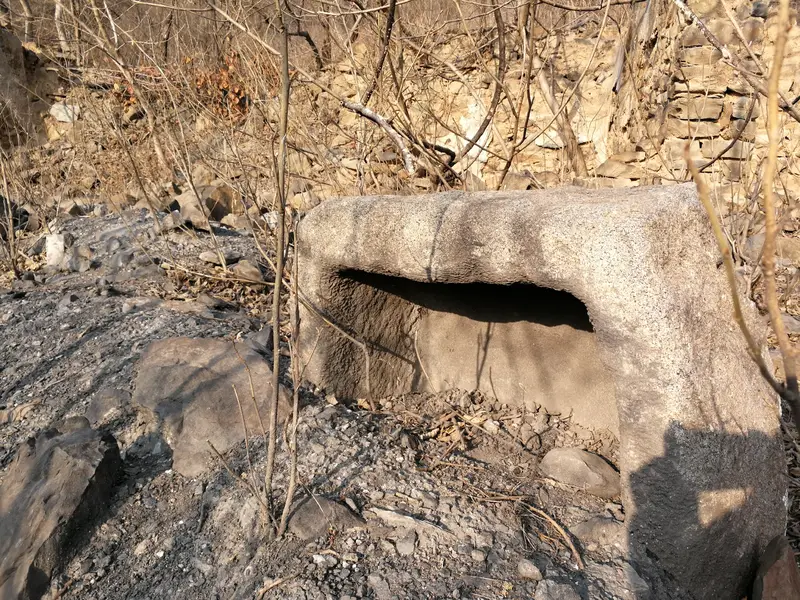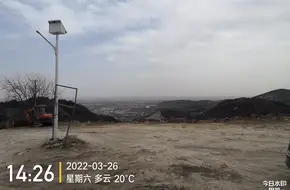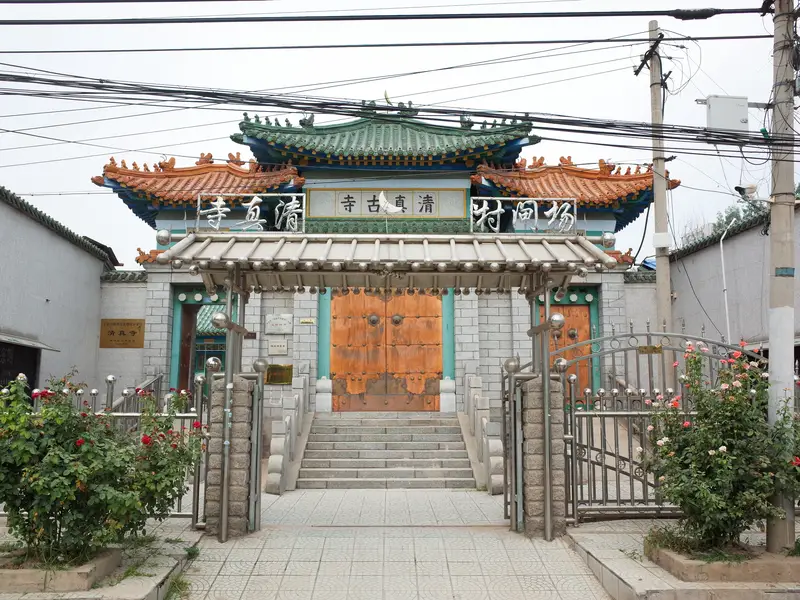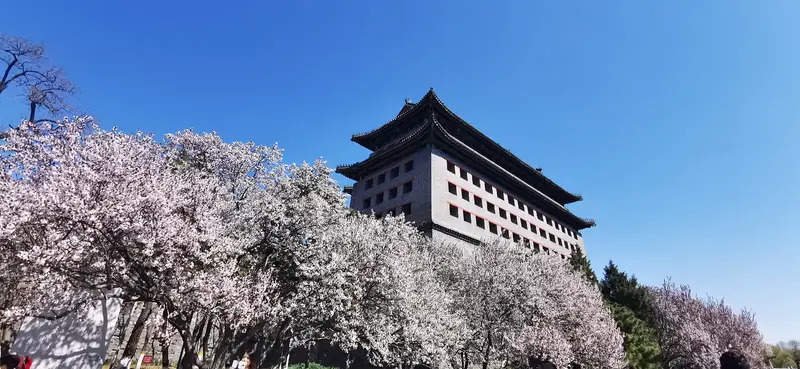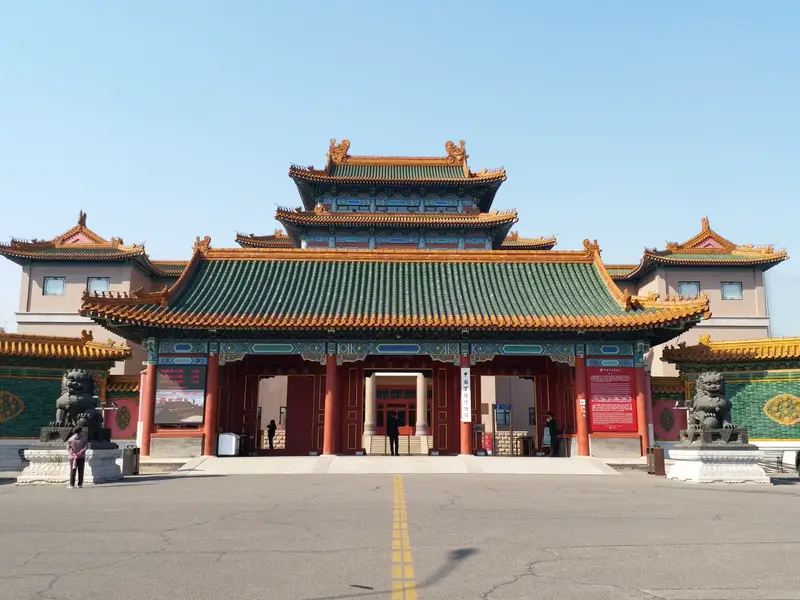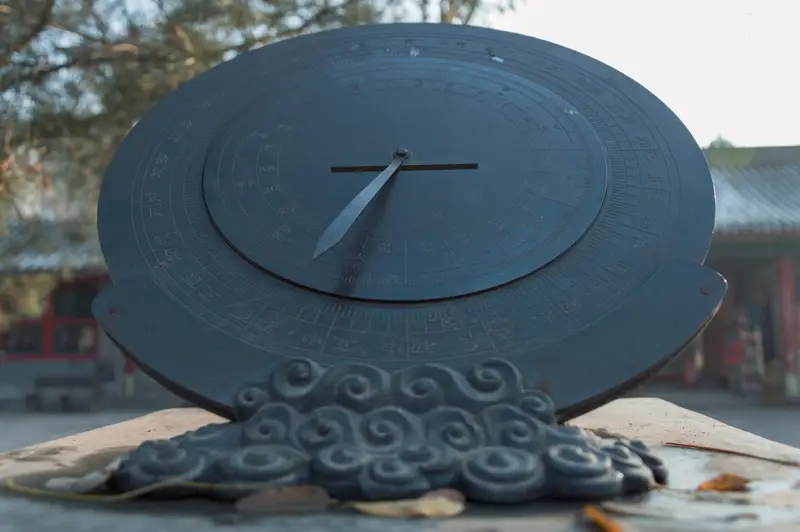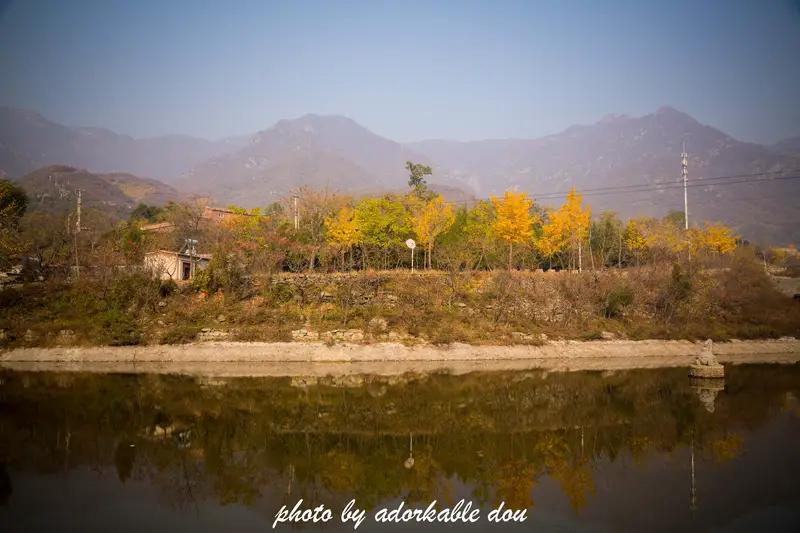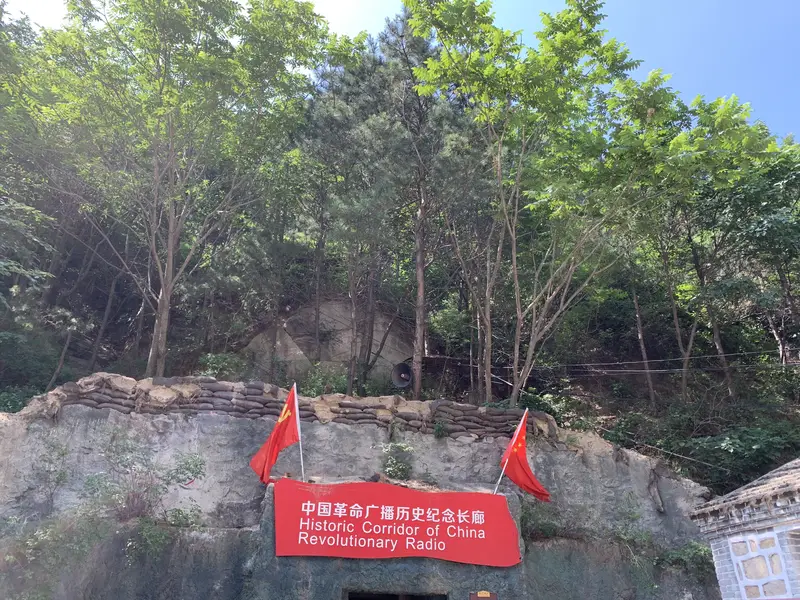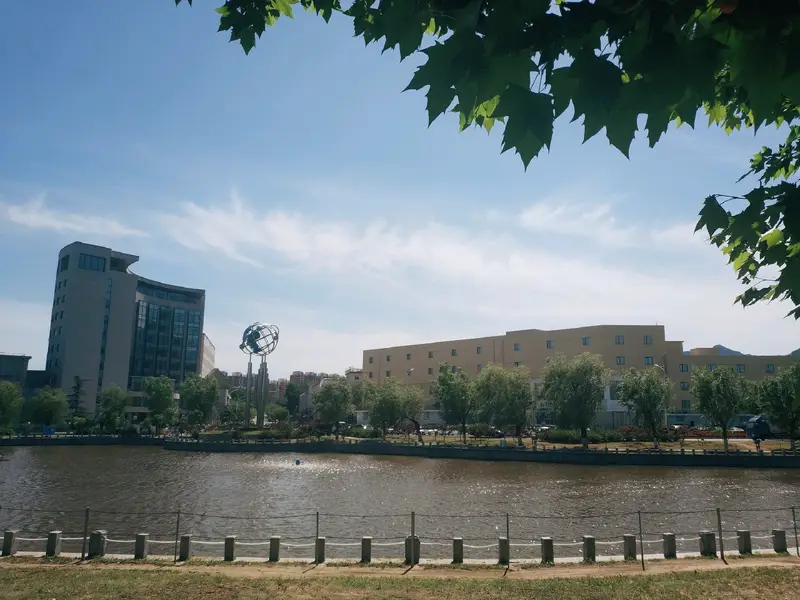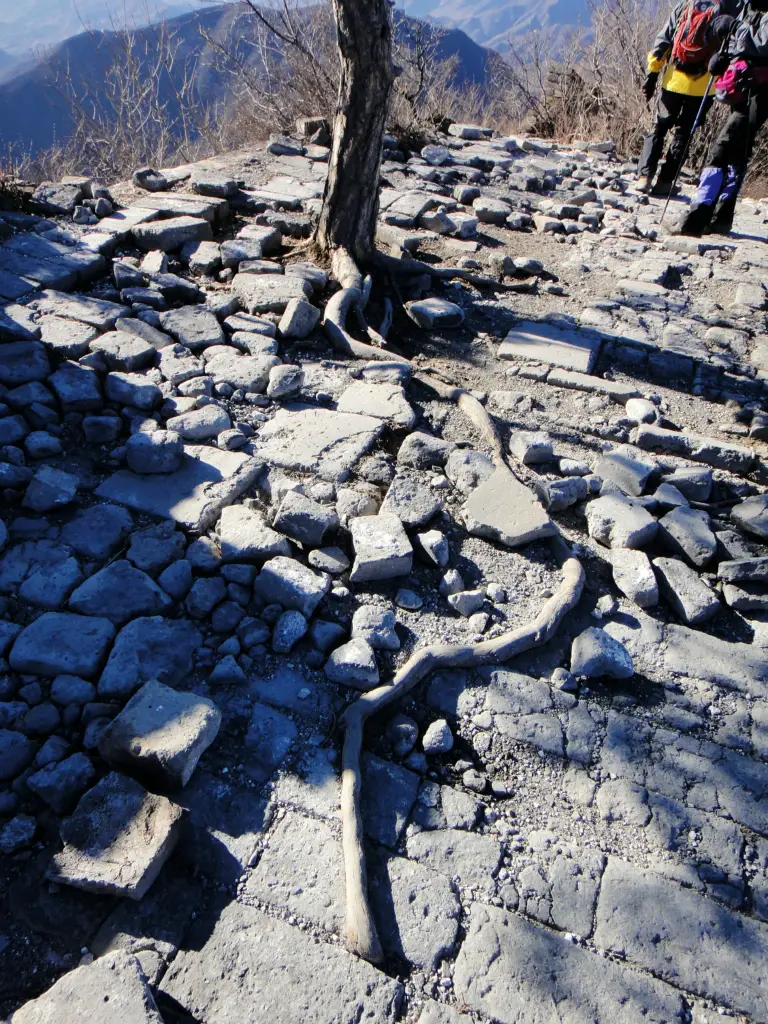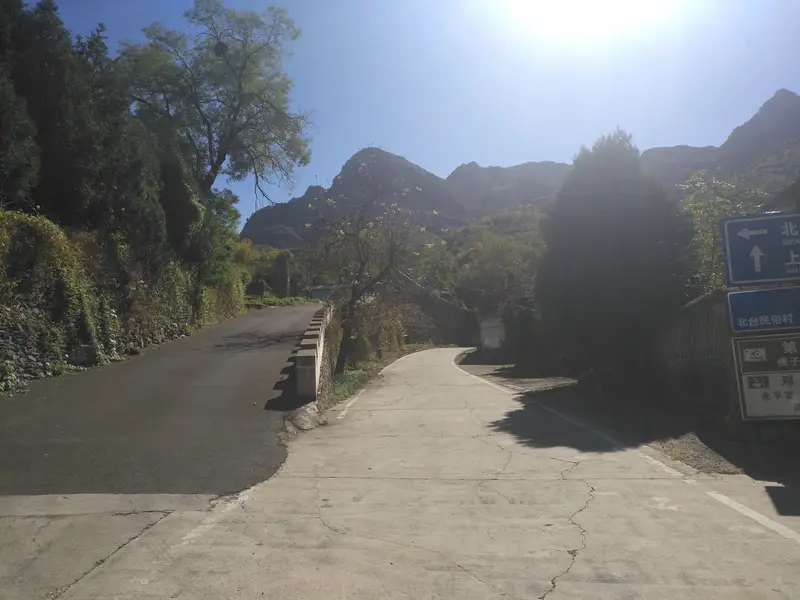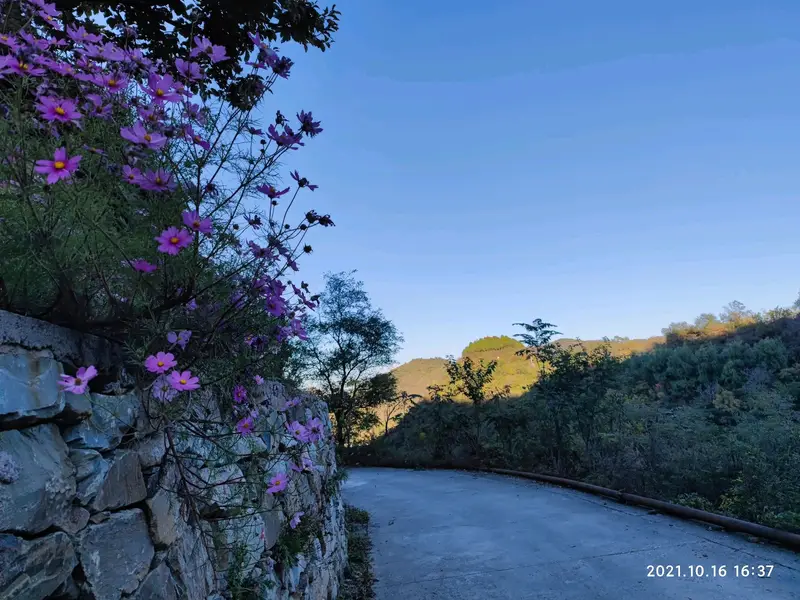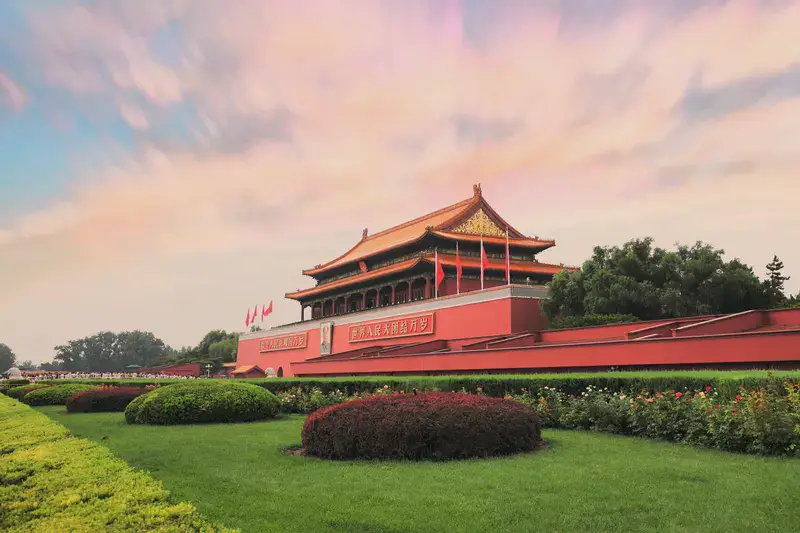Qinzhen Yongshou Temple is tucked away in a quiet neighborhood of Xicheng District, Beijing. The address might sound tricky (Sanlihe Yiqu, 100034), but it’s easier than you think to reach! If you’re coming by subway, hop off at Military Museum Station (Line 1 or 9) and walk for about 15 minutes. Buses like 26, 45, or 80 also drop you close by. Bonus tip: It’s near Yuetan Park and Diaoyutai, so you can combine your trip with those spots for a full day of exploring.
Natural Vibes & Architecture
Don’t expect mountains or lakes here—Qinzhen Yongshou Temple is all about peaceful urban charm. The temple grounds are compact but carefully designed, with old trees, clean stone paths, and traditional Chinese architecture. In spring or autumn, the ginkgo trees turn golden, making it a great spot for photos. The main hall, Yongshou Hall, has a simple yet elegant style, blending Ming and Qing dynasty vibes with Islamic art. Even if you’re not into religion, the mix of cultures in the carvings and layout is pretty cool.
Cultural & Historical Stories
This temple isn’t as famous as the Forbidden City, but it’s special. Built in the Ming Dynasty and expanded during the Qing, it’s one of Beijing’s few Islamic temples open to visitors. The name “Yongshou” means “long life,” which comes from a wish for peace and prosperity. Inside, you’ll see a mix of Chinese and Islamic elements—like Arabic calligraphy on wooden screens and classic Chinese roof tiles. On Fridays, local Muslims gather for prayers, so you might catch a glimpse of traditional rituals.
Practical Stuff: Tickets & Hours
Good news: Qinzhen Yongshou Temple is free to enter! Just show up during opening hours (usually 8:00 AM–5:00 PM, but double-check online). No need to book tickets ahead, but go early to avoid crowds, especially on weekends. The staff might offer a quick English-friendly guide if you ask nicely—they’re used to curious travelers.
What to Do Around the Temple
After visiting, grab a bite at the nearby Hufang Street, known for its snacks and tea houses. Or walk to Lianhua Market for a taste of local life. If you’re into history, pair your visit with Beijing Ancient Observatory (a short walk away) for a full cultural dose. For souvenirs, the temple’s gift shop sells neat Islamic-themed items like prayer beads or mini replicas of the hall.
My Visit Experience
I came here on a weekday morning, and it felt like a hidden gem. The air was calm, and I could hear birds chirping in the trees. The guide (a kind lady who spoke basic English) showed me the mihrab (prayer niche) and explained how the temple balances tradition and modernity. I even tried dates from their free tasting plate—yummy! Spent about an hour total, but you could linger longer if you love photography or quiet moments.
Tips for Your Trip
- Best time to visit: Early morning (light is soft) or late afternoon (fewer tourists).
- Dress code: Cover your shoulders and knees as a courtesy—they’ll lend you a robe if you forget.
- Photo tips: The main gate and courtyard look great in shots. Avoid flash inside the halls.
- Combine with: Nearby Guangxi Street for food or National Library for books.
Qinzhen Yongshou Temple won’t blow you away like the Great Wall, but if you want a chill, culture-packed stop off the usual tourist path, it’s perfect. Plus, it’s a chance to see how Islam thrives quietly in Beijing’s busy heart. Give it a shot!

